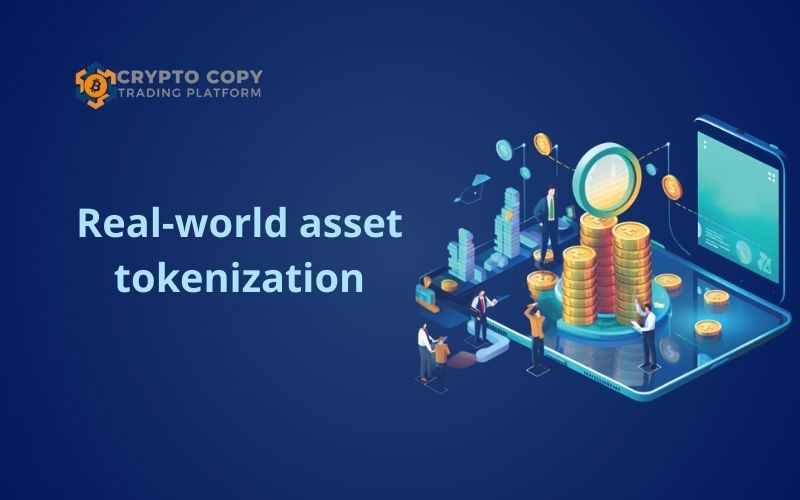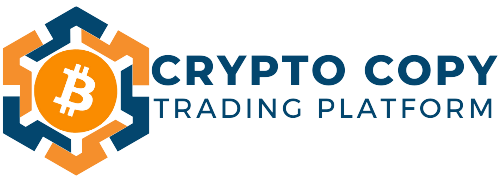The rise of Web3 is witnessing a promising trend real-world asset tokenization. So, what is RWA tokenization and why has it become important in the context of Web3? This article will explore the basic concept of converting tangible and intangible assets into digital tokens on the blockchain, while highlighting the enormous potential it brings.
Contents
What is real-world asset tokenization?
Real-world asset tokenization is the process of converting the ownership or value of physical and intangible assets into digital tokens stored on a blockchain. These assets can include real estate, artwork, commodities, stocks, bonds, and even intellectual property rights. Each token represents a fraction or the entirety of the asset’s value, creating a digital version that can be traded. This digitization process not only enhances convenience but also improves accessibility for global investors.
The issued tokens exist on blockchains such as Ethereum, Solana, or Polygon, where they can be traded and stored transparently and securely. Thanks to blockchain’s decentralized nature, all transactions are recorded, minimizing risks of fraud or ownership disputes. Furthermore, investors can access high value asset markets with relatively small capital through fractional ownership. Blockchain platforms also eliminate many intermediaries involved in traditional asset transactions.

For example, a building valued at $10 million can be tokenized into 10 million tokens, with each token representing $1 of the asset’s value. Investors can purchase a small portion of the property by owning one or several tokens, then trade them on secondary markets. This approach not only introduces a new investment model but also enhances the liquidity of traditionally illiquid assets like real estate. Tokenization also enables seamless integration of assets into decentralized finance (DeFi) applications.
How real-world asset tokenization works?
In the Web3 era, real-world asset tokenization is emerging as an innovative solution that bridges physical assets with the digital world through blockchain. This process enables the conversion of tangible assets, enhancing liquidity, transparency, and global market accessibility. Below are the fundamental steps in how the tokenization of real world assets works:
- Asset identification: A physical asset is selected for tokenization, such as a piece of real estate or a work of art.
- Asset valuation: The asset is appraised by professionals to determine its actual market value.
- Smart contract creation: A smart contract is programmed to represent the asset in the form of digital tokens. This contract defines ownership rights, trading rules, and related terms.
- Token issuance: The tokens are created and distributed to investors via blockchain platforms.
- Trading and management: The tokens can be bought, sold, or traded on decentralized exchanges (DEXs) or specialized platforms.
Applications of real-world asset tokenization in Web3

Real-world asset tokenization is gradually transforming how traditional sectors operate within the Web3 ecosystem. One of the most significant beneficiaries is the real estate industry. Instead of investing hundreds of thousands or millions of dollars to own an entire asset, investors can now purchase fractional ownership through digital tokens. Platforms like RealT and Propy have pioneered the tokenization of apartments, buildings, and land, offering global access without intermediaries.
In decentralized finance (DeFi), tokenization serves as a bridge between traditional finance and blockchain technology. Tokenized assets such as bonds, stocks, or even real estate can be used as collateral in lending protocols or included in yield farming strategies. Integrating real world assets into DeFi expands blockchain’s practical use cases and diversifies investment portfolios.
Lastly, in supply chain and logistics, tokenization allows for transparent, real-time tracking of asset ownership and shipment status. Each token can represent a specific batch of goods, equipment, or contract, enabling all parties in the supply chain to monitor activity through blockchain. This not only reduces fraud but also enhances operational efficiency and trust among partners.
The future of real-world asset tokenization
The digitization of physical assets is gradually becoming an inevitable trend as blockchain technology continues to evolve rapidly. The ability to fractionalize ownership and enable cross border transactions expands investment access to a broader audience, including retail investors. Traditional assets such as real estate, bonds, artworks, or commodities will no longer be constrained by geography or large capital requirements. As a result, the financial market can become more transparent, efficient, and accessible than ever before.
In the near future, real-world asset tokenization is expected to become a vital component of the global financial ecosystem. Major institutions and governments may leverage this opportunity to issue public assets, ensuring control and enhancing liquidity. At the same time, blockchain platforms will continue to improve in terms of security and scalability, accelerating practical adoption. If implemented effectively, this model will reshape how we own, trade, and extract value from real world assets.
Why real-world asset tokenization is important in Web3
Web3 represents a new era of decentralized internet, where users have control over their data and assets. In this ecosystem, real-world asset tokenization plays a crucial role by connecting physical assets from the real world with the digital space based on blockchain technology. This is not only a technological transformation but also a bridge that makes traditional assets more flexible and accessible within the Web3 environment.
By converting physical assets into tokens, this process significantly expands the application of blockchain. It enables transparent investments, instant transactions, and equitable distribution of ownership for anyone with an internet connection. As a result, this model promotes financial inclusion by allowing individuals who previously couldn’t access traditional financial services to participate in the global market. Furthermore, it paves the way for a decentralized financial system where transparency, efficiency, and fairness are the core standards.
In conclusion, the tokenization of real-world assets is not just a trend, but a fundamental shift in how we perceive and interact with assets in the digital age. As the Web3 ecosystem grows, this process opens up new opportunities for investors, making it easier to access traditional assets and trade them seamlessly on decentralized platforms. Crypto Copy Trading Platform, providing insights and opportunities in the crypto world, continues to monitor these trends, ensuring investors are well equipped to navigate this transformative space.
